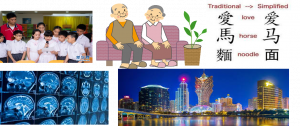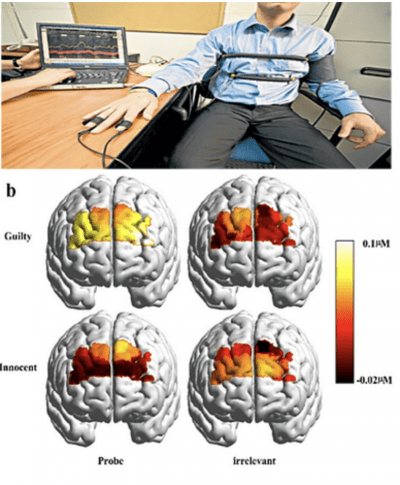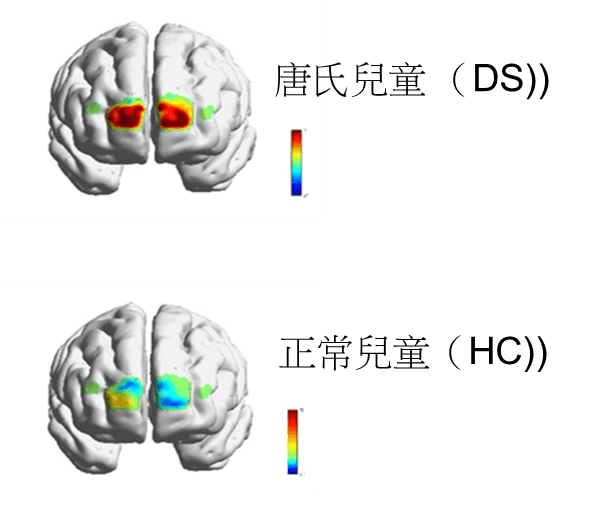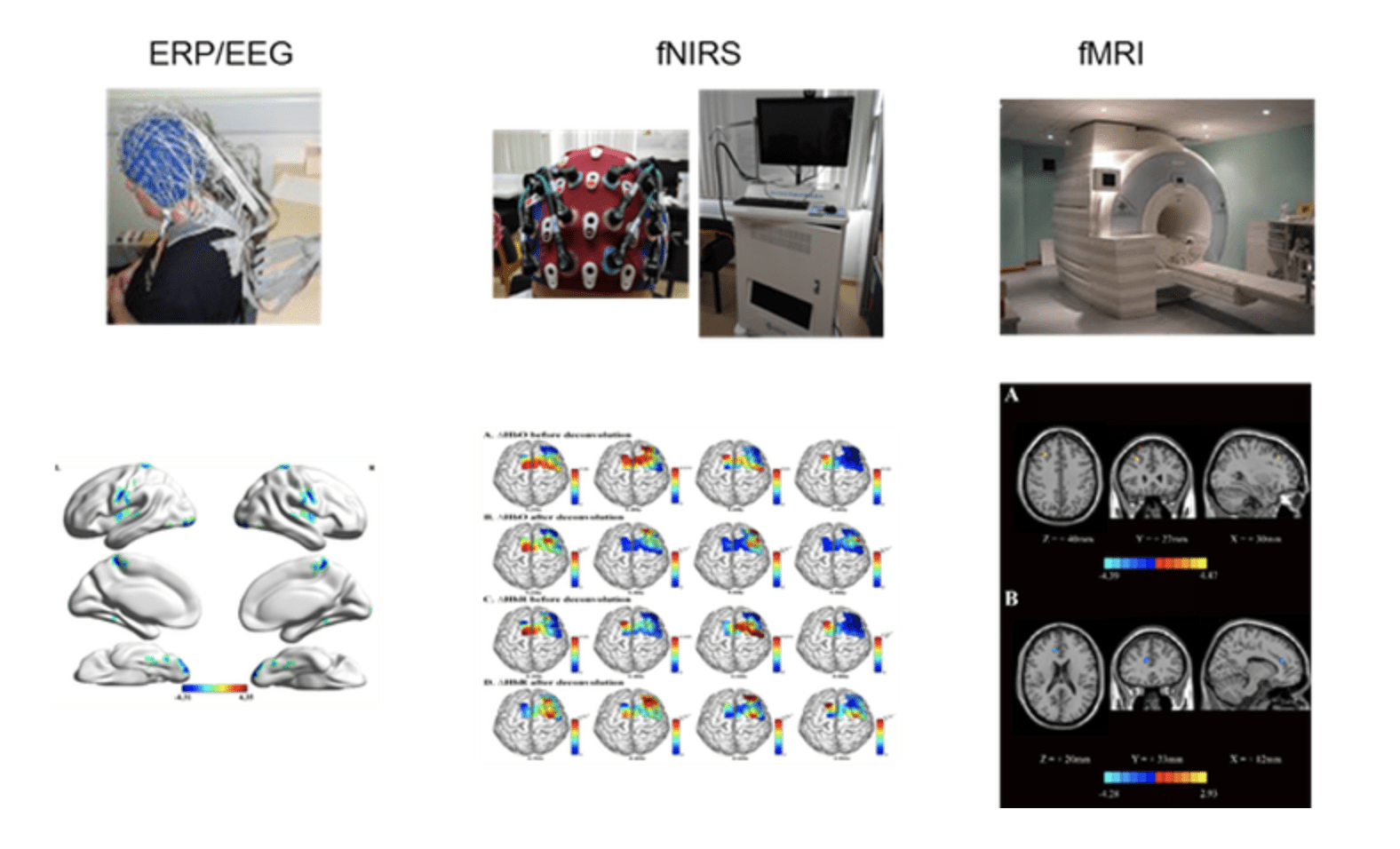Introduction
Research in CCBS is highly interdisciplinary across all faculties at UM. Thus, CCBS is uniquely positioned to create the bridge that foster engagement, increase diversity, and promote interdisciplinary learning and collaboration in the cognition and brain sciences at UM. The research in CCBS currently focused along with the four areas:
Addiction and Decision Making
Brain and Language Cognition
Cognitive Aging, Child Development and Brain Disorders
Neuroimaging

Fig. Research Directions at CCBS

Fig. Multidisciplinary Research Centre
Macao is a multicultural and world’s entertainment capital, which offers excellent brain research resources for the study of addiction and decision making. The platform in CCBS can help reveal neural mechanism of addiction, and explore new methods of intervention and treating addictive behaviors.

Fig. The brain activation maps exhibiting the difference between the gambling addiction and healthy control groups in the low-risk (top right) and high-risk (bottom right) task underlying losing and winning conditions

Fig. Participants in the guilty group exhibited significantly higher HbO concentration changes in response to the probe stimulus compared to that from irrelevant stimuli in (Left: fNIRS brain activation maps). For the guilty group, the probe stimulus elicited significantly larger amplitude of P300 than the irrelevant ones (Right: ERP components and EEG brain topography)
Macao is a multicultural and multilingual area, which offers excellent brain research resources in language, translations and cognitive linguistics involved the Cantonese, Mandarin, Portuguese and English. The platform in CCBS can reveal the brain cognition mechanism associated with multilingualism and multilingual translation.

Fig. T-maps of brain activation difference between Chinese orthography and checkboard (A) and between the real and pseudo-Chinese characters (B).

Fig. The mean accuracy of three Chinese-English translation tasks based on three strategies: Pairing, Non-translation and Transphrasing (p <0.01**) (Left). The brain activation maps of three Chinese-English translation strategies: Pairing, Non-translation and Transphrasing (Right).
Macao’s average life expectancy is ranked No. 2 in the world, which can result in issues related to cognitive aging and increased incidence of brain disorders. In addition, children’s brain development is essential for the future of Macao. The CCBS’s brain plan should also focus on the study of children’s brain cognitive mechanism and behavior, promoting children’s brain development and personality shaping. Further, early prevention, early diagnosis, early treatment and intervention, and therapeutic evaluation methods development for brain disorders is one of the core topics of CCBS’s brain projects.

Fig. Brain regions showing altered local resting-state network properties in the insomnia group as compared that from the non-insomnia group. The aberrant nodal betweenness centrality (A) nodal degree (B) and nodal efficiency (C) were identified in the insomnia group

Fig. The brain activation difference maps associated with various arithmetic calculations (Add, subtraction, division, multiply and comparison) for Macau students

Fig. The EEG signals and brain topography for cerebral palsy (left) and healthy control (right) children groups

Fig. The t map of activation in the prefrontal cortex associated with cognitive flexibility for Down Syndrome (top) and normal children (bottom)
Neuroimaging techniques have changed the way neuroscientists address questions about functional anatomy, especially in relation to behavior and clinical disorders. Neuroimaging includes the use of various techniques to either directly or indirectly image the structure or function of the brain. The core facility in CCBS is the functional magnetic resonance imaging (fMRI) system. fMRI uses magnetic resonance imaging to measure the changes in hemodynamics including blood oxygen and blood flow induced by neuronal activity, which can be used to map the brain activation and brain networks in frequency-temporal-spatial domain in order to systematically study the neural mechanisms associated with brain cognition and brain disorders. In addition to 3T fMRI, the comprehensive research platform in CCBS also include other functional neuroimaging platforms such as electroencephalograph (EEG), functional near-infrared spectroscopy (fNIRS) or other fused multimodal neuroimaging techniques.



